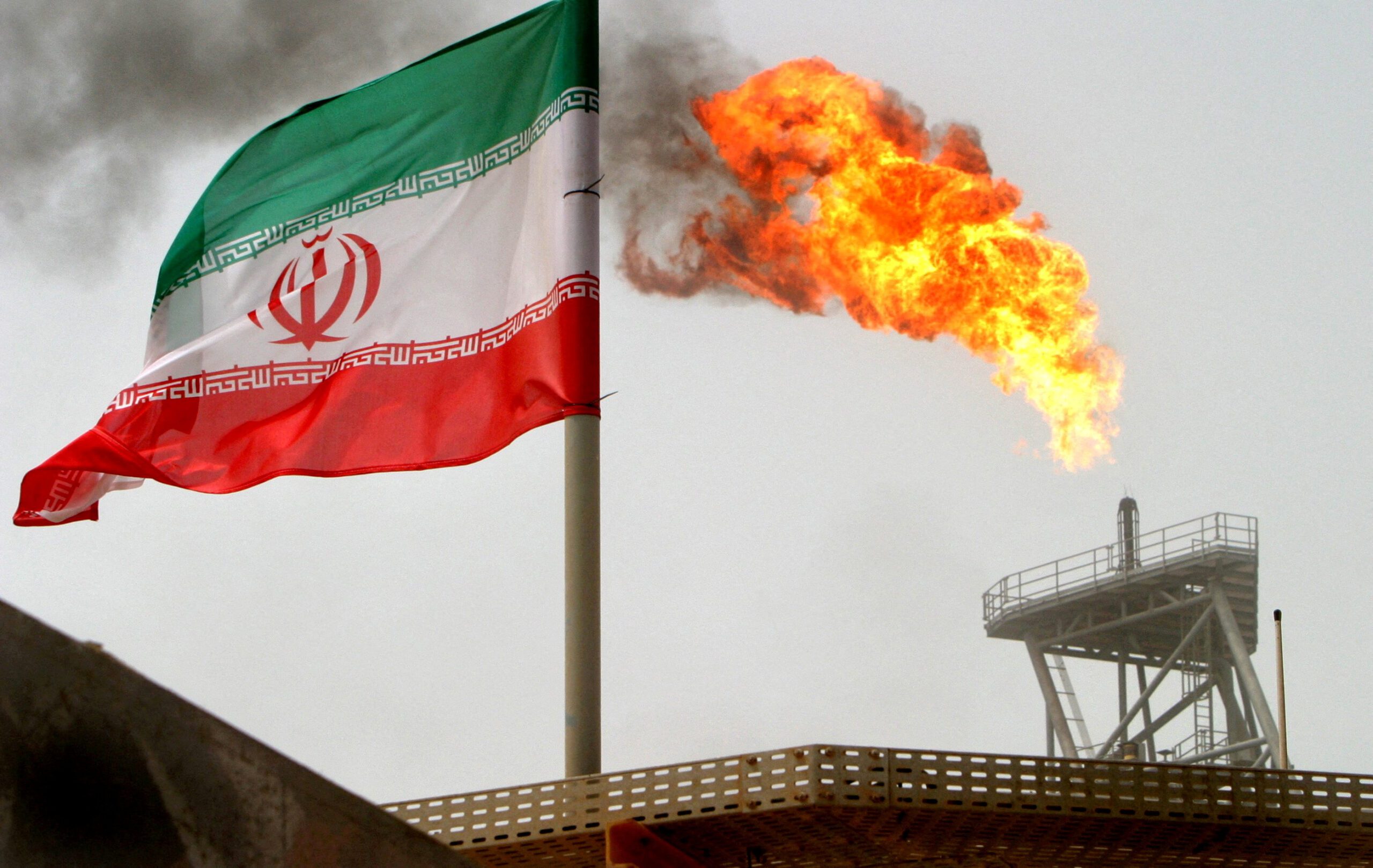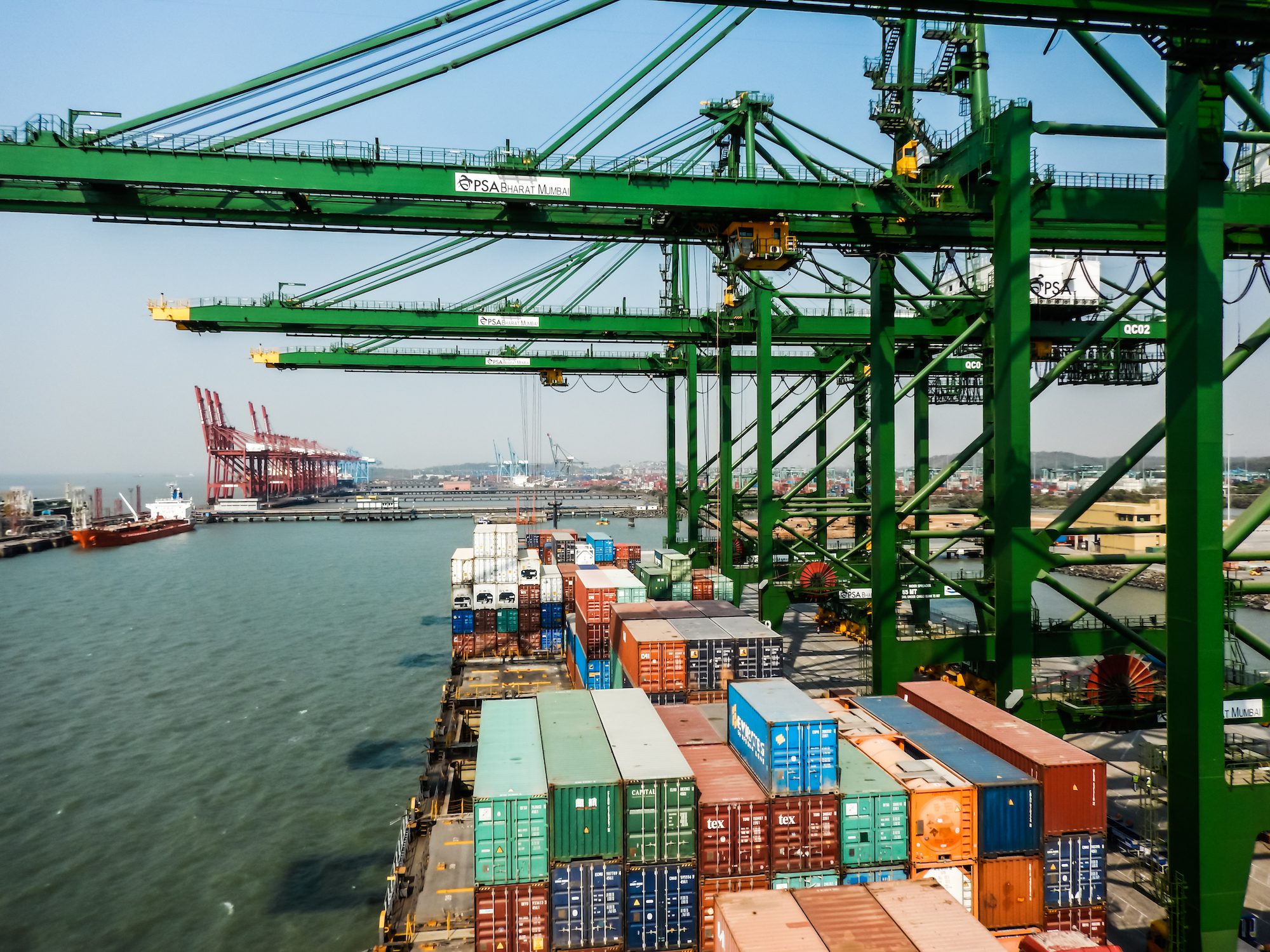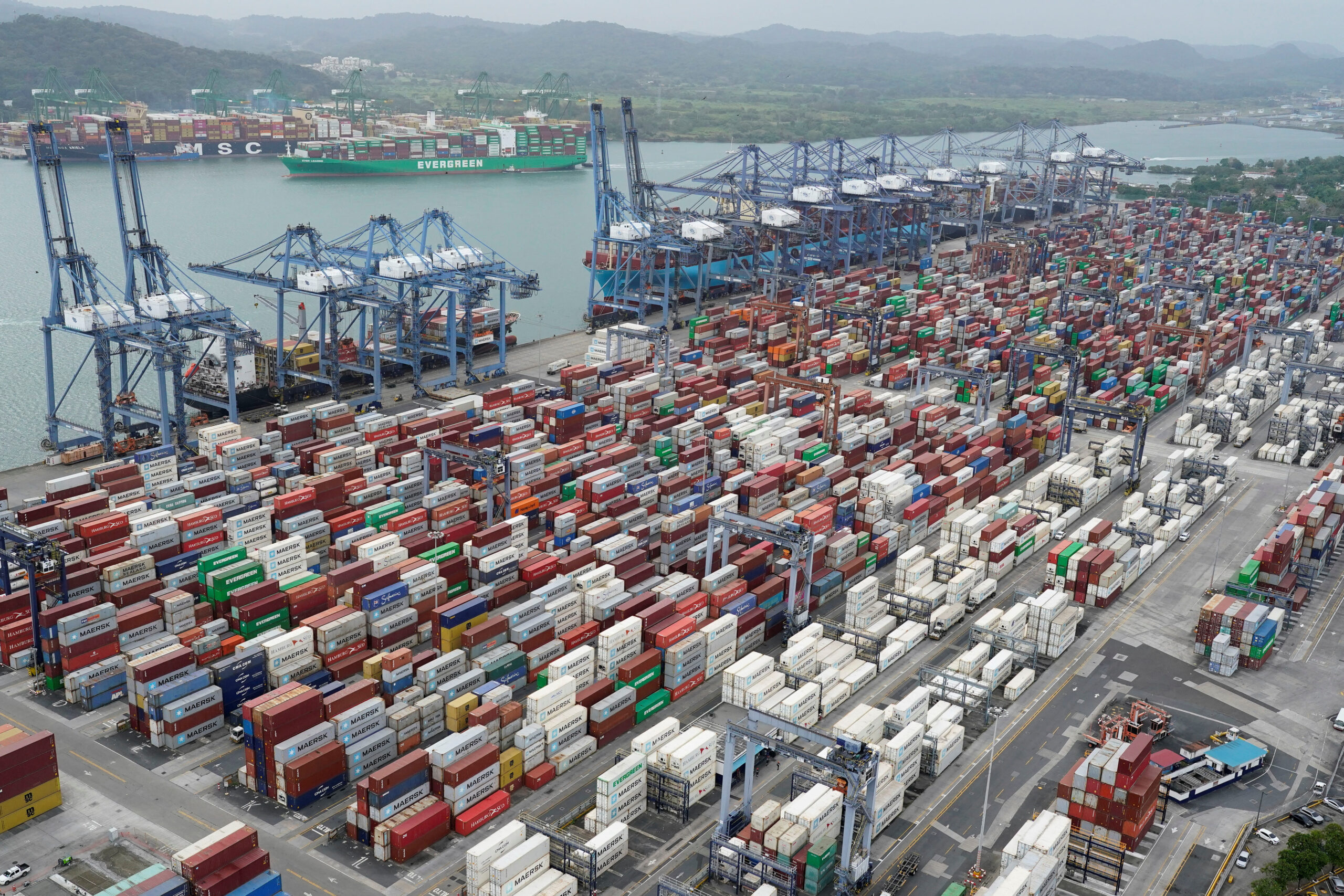Blow Out Preventers like this GE/Hydril version used on board the Discoverer Clear Leader are precision-milled out of a huge blocks of steel. The turn around time can be up to a year or longer for a new one. (c) R. Almeida/gCaptain
By Brooke Sutherland and Alex Webb
(Bloomberg) — If Siemens AG is still serious about getting bigger in energy markets, its next move should be offshore.
Chief Executive Officer Joe Kaeser’s plan to become the “go-to” company for energy generation and distribution hit some bumps in recent months when oil prices plunged just after he announced an almost $8 billion takeover of Dresser-Rand Group Inc. Kaeser stands by the deal, which was intended to help the $96 billion German company increase its presence in U.S. fracking. Now, Siemens has one more major hole to fill to stay competitive with rival General Electric Co.: equipment used to process oil extracted from deep in the ocean.
Subsea drilling is attractive to major oil companies because it’s the top source of some of the largest finds. Siemens needs to avoid being “out-gunned” in the subsea processing equipment business the way it was during the shale- oil boom in North America, and an acquisition may be the best way to do it, said Nick Heymann of William Blair & Co. FMC Technologies Inc. or Cameron International Corp. are the most logical targets, he said.
Subsea “has been one of the biggest growth areas in the last two decades and will continue despite the near-term fluctuations in commodity prices,” James West, a New York-based analyst at Evercore ISI, said in a phone interview. “The industrial companies need to have an offering to meet that.”
Cheaper Now
FMC and Cameron are both valued at more than $9 billion — big enough to give Siemens an instant strong presence in subsea pumps and compressors. And, like many energy-related companies these days, they’re a lot cheaper than they were before the slump in oil prices.
A representative for Munich-based Siemens declined to comment on whether it would be interested in FMC or Cameron. Representatives for FMC and Cameron, both based in Houston, declined to comment.
Siemens shares were trading 0.6 percent lower as of 10:26 a.m. in Frankfurt. That curbs this year’s gains to 1.8 percent, valuing the company at about 84 billion euros.
Innovations in subsea processing equipment could drop the more than $100-a-barrel cost for offshore oil recovery by about 30 percent by 2020, according to William Blair’s Heymann. That could help turn what is now a $30 billion equipment market into a $150 billion industry by the middle of the next decade, he estimates. Processing equipment separates the output from the well into oil, gas and water, before transporting the product.
Limited Exposure
Siemens’ subsea offerings are largely limited to power grids for other companies’ processing equipment, and for now, company executives say they’re comfortable with that. It expects to have its next generation of subsea power equipment in operation by the end of next year.
“We think that the program we’re running will give us a very good position in the subsea power and distribution segment of the market,” Bjoern Rasch, head of Siemens subsea power, said in a telephone interview. “The power part is a small segment of the total subsea market, but it is an important enabler for more subsea processing.”
That’s not going to cut it if Siemens wants to keep up with GE’s offerings, though. The world’s largest supplier of heavy- duty gas turbines has been expanding in deepwater equipment and is one of only a few that can offer the full package of subsea pump, compression and control systems, according to a February 2014 study by WorleyParsons Ltd. Aker Solutions ASA, FMC and OneSubsea — a joint venture between Cameron and Schlumberger Ltd. — are other top suppliers.
Siemens has “got some time, but the clock’s ticking,” Heymann said. “The next real resurgence in spending will come off the seabed processing.”
Logical Targets
FMC and Cameron would make the most sense as takeover targets for Siemens, Heymann said. A deal for either would instantly give Siemens market share and relationships that would take years to build on its own amid increased supplier scrutiny following the 2010 Gulf of Mexico oil spill.
FMC has the largest share of the subsea equipment market at 26 percent, followed by Norway’s Aker Solutions and France’s Technip SA with 15 percent apiece and Cameron with about 12 percent, according to data from Spears & Associates. GE has a 9.4 percent share, and Siemens doesn’t even make the list.
“It’s an area in which they don’t have a very strong foothold,” Jeffrey Vonk, an Amsterdam-based analyst at Morningstar Inc., said in a phone interview.
Siemens has the capacity to do a large deal, with more than $9 billion in cash at the end of December. The company has been selling units, including several health-care businesses, which will help counter the cost of the Dresser-Rand takeover and its acquisition of Rolls-Royce Holdings Plc’s power-generation assets.
Deal Savings
The company has estimated it could get as much as 195 million euros in annual savings from the Dresser-Rand takeover. If those same synergies were possible in a Cameron or FMC acquisition, Siemens could offer as much as a 50 percent premium for either and a deal would still add to earnings if it pays for at least half in cash, according to data compiled by Bloomberg.
CEO Kaeser might struggle to get backing for another massive energy investment after investors suggested he overpaid for Dresser-Rand. That acquisition has also drawn antitrust scrutiny from the European Union over concerns that prices in the oil and gas equipment industry may rise.
Smaller Solution
If Kaeser wanted to start smaller, Aker Solutions may be a good option. The company offers sizeable market share and at $1.5 billion, is a fraction of the size of FMC and Cameron. It also trades at a lower multiple of projected earnings than most other oil and gas equipment peers, including Cameron and FMC, according to data compiled by Bloomberg.
The offshore engineering company was split from a drilling and oilfield services business that is now known as Akastor ASA in September. Aker Solutions’ largest shareholder is a holding company controlled by Billionaire Kjell Inge Roekke’s Aker ASA and the Norwegian government. They have committed to maintaining their joint ownership through at least 2017, meaning any acquirer would need to get the approval of both for a deal.
Representatives for Fornebu, Norway-based Aker Solutions and Aker ASA said their companies don’t comment on speculation.
The plunge in oil prices may curtail explorers’ interest in offshore drilling over the next few years. It’s much cheaper to get oil out of rocks in North Dakota than it is to pull it up from the bottom of the ocean. While West Texas Intermediate crude has recovered over the last three weeks to more than $50 a barrel as companies cut production, prices are still down more than 50 percent from their June high.
Even so, the market isn’t going away and any cost-lowering improvements in the equipment will only make it more attractive.
“You have to punch a lot of holes in the ground to equal a deepwater well,” said West of Evercore ISI. “They’re long-term projects, they are expensive but that’s the area where the industry needs to go.”
–With assistance from Mikael Holter in Oslo.

 Join The Club
Join The Club











